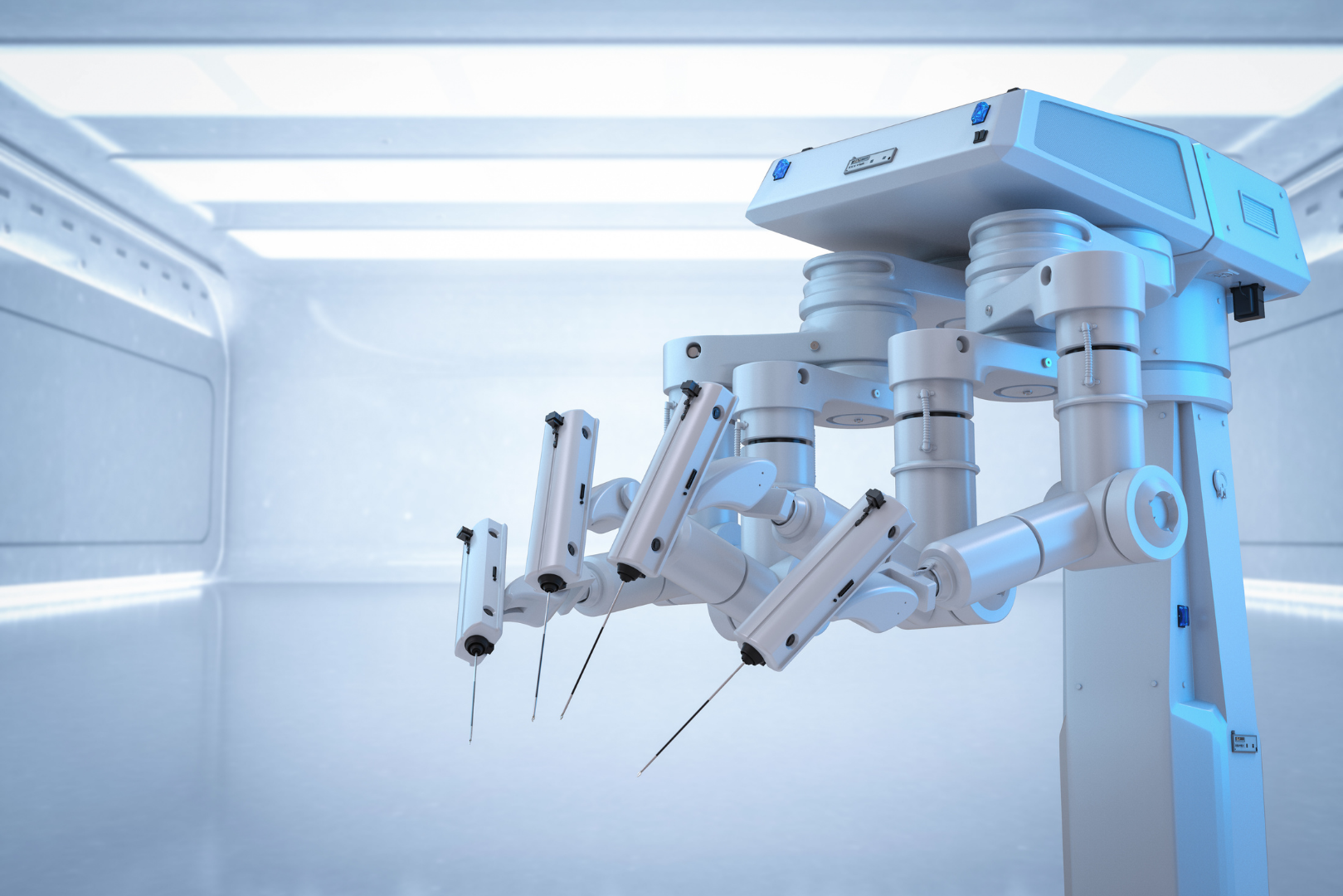With every major step or leap that the best of our engineers can impart unto us through everyday technology, medical experts are immediately at the ready to adapt these novel technologies to improve how they can save and improve lives. We’ve seen it before with the novel “guidance conduits” that can possibly guide nerve healing in the future, and with recent developments in imparting portability to magnetic resonance imaging (MRI) machines.
Johns Hopkins University (JHU) researchers appear to be no strangers to the case above, as they have jumped ahead and co-opted the help of autonomous robots with the delicate process of medical surgery. To be precise, a collaborative effort from a JHU team managed to create the Smart Tissue Autonomous Robot (STAR), which just performed the world’s first autonomous laparoscopic surgery on a couple of pig tissues. The results of the landmark procedure were published in the journal Science Robotics.
STAR didn’t just get here on a whim, however; its most recent results were a product of years of research and trial and error from the team that was managing the project, which made headlines as early as 2016 for their efforts. (The results of the 2016 study were published in the journal Science Translational Medicine.)
The team itself was composed of several researchers, and the study was helmed by senior author and assistant professor of mechanical engineering at JHU’s Whiting School of Engineering Axel Krieger.
“Our findings show that we can automate one of the most intricate and delicate tasks in surgery: the reconnection of two ends of an intestine. The STAR performed the procedure in four animals and it produced significantly better results than humans performing the same procedure,” said Krieger in the JHU press release.
The robot performed a delicate procedure wherein they reconnected two ends of an intestine in pig tissue; what makes this particular result stand out, however, is the fact that the robot did so laparoscopically—that is, the robot did so with only tiny necessary incisions that were needed for both the entry and exit of surgical tools, according to New Atlas. This was a landmark improvement when compared to its previous results back in 2016, which needed much larger incisions for it to do its job.
“The STAR performed the procedure in four animals and it produced significantly better results than humans performing the same procedure […].”
Axel Krieger, senior author of the Science Robotics paper
First author and JHU visiting research scientist of mechanical engineering Hamed Saeidi added: “What makes the STAR special is that it is the first robotic system to plan, adapt, and execute a surgical plan in soft tissue with minimal human intervention.”
For STAR to successfully achieve its purpose, it was guided by a sophisticated light-based three-dimensional endoscope, which was paired with a machine learning-based tracking algorithm. The algorithm for STAR was developed by co-author and JHU professor of electrical and computer engineering Jin Kang together with their students.
Finally, Krieger noted: “Robotic anastomosis [a surgical connection between two structures in the body] is one way to ensure that surgical tasks that require high precision and repeatability can be performed with more accuracy and precision in every patient independent of surgeon skill. […] We hypothesize that this will result in a democratized surgical approach to patient care with more predictable and consistent patient outcomes.”
References
- Coxworth, B. (2022, January 27). Surgical robot performs world-first autonomous laparoscopic procedure. New Atlas. https://newatlas.com/robotics/star-surgical-robot-laparoscopic-surgery/
- Franco, M. (2016, May 5). Robot betters expert surgeons at soft tissue stitching. New Atlas. https://newatlas.com/johns-hopkins-robot-surgeon/43165/
- Graham, C. (2022, January 26). Robot performs first laparoscopic surgery without human help. The Hub; Johns Hopkins University. https://hub.jhu.edu/2022/01/26/star-robot-performs-intestinal-surgery/
- Johns Hopkins Scientist Programs Robot for “Soft Tissue” Surgery. (2016, May 4). Johns Hopkins University. https://releases.jhu.edu/2016/05/04/johns-hopkins-scientist-programs-robot-for-soft-tissue-surgery/
- Saeidi, H., Opfermann, J. D., Kam, M., Wei, S., Leonard, S., Hsieh, M. H., Kang, J. U., & Krieger, A. (2022). Autonomous robotic laparoscopic surgery for intestinal anastomosis. Science Robotics. https://doi.org/10.1126/scirobotics.abj2908
- Shademan, A., Decker, R. S., Opfermann, J. D., Leonard, S., Krieger, A., & Kim, P. C. W. (2016). Supervised autonomous robotic soft tissue surgery. Science Translational Medicine. https://doi.org/10.1126/scitranslmed.aad9398











